*FYI - this post may contain affiliate links, which means we earn a commission at no extra cost to you if you purchase from them. Also, as an Amazon Associate I earn from qualifying purchases. Check out our Privacy Policy and Disclosure for more info.
From unspoiled beaches to royal residences, if you’re looking for places to visit in the East of England then you are truly spoiled for choice!
Along with the university city of Cambridge, the East of England is most known for the towns and beaches of Suffolk, as well as the northern Norfolk coastline.
In this post, we’ll be sharing our top picks for places to visit in the East of England, including the charming ‘wool towns’ and best areas for a seaside break.
We hope you enjoy learning about this beautiful region, but be sure to let us know in the comments which East of England must-sees we should add to our list!
Cambridge
After Oxford, Cambridge University is probably the most famous university in the United Kingdom, and the second-oldest English-speaking university in the world (also after Oxford).
Cambridge manages to beat out Oxford in one area though, as the city is home to more Nobel Prize winners than any other city!
While many visitors may come to see the beautiful university buildings, and go punting on the river (a favourite pastime for locals), there is more to Cambridge than just the university.
The city of Cambridge is, not surprisingly, home to many fascinating museums, of which many focus on the sciences such as earth sciences, zoology, archaeology, and anthropology. There are also museums on computing history, technology, and social history.
If that’s not enough, Cambridge has enough theatres, art galleries, music venues and festivals to keep people with a wide variety of interests entertained!

Colchester
It’s often claimed that Colchester is Britain’s oldest town (although more than one town makes this claim) as it was the first major Roman city in Roman Britain. It was also the capital of Roman Britain until it was attacked and destroyed by Boudica.
Colchester is now home to the University of Essex as well as a number of notable Roman ruins, a Norman castle (pictured below) and beautiful Victorian architecture. The Castle Museum is where visitors can learn about the city’s Roman history, while Hollytrees Museum is a Georgian townhouse that has nearly three centuries worth of decorative arts and clothing to discover.
History buffs will definitely want to see the remains of Colchester’s Roman walls, as well as the ruins of a Roman amphitheatre in the Dutch quarter. The Castle Park and Beth Chatto Gardens are delightful in summer, while the Colchester Zoo is also a very popular destination.
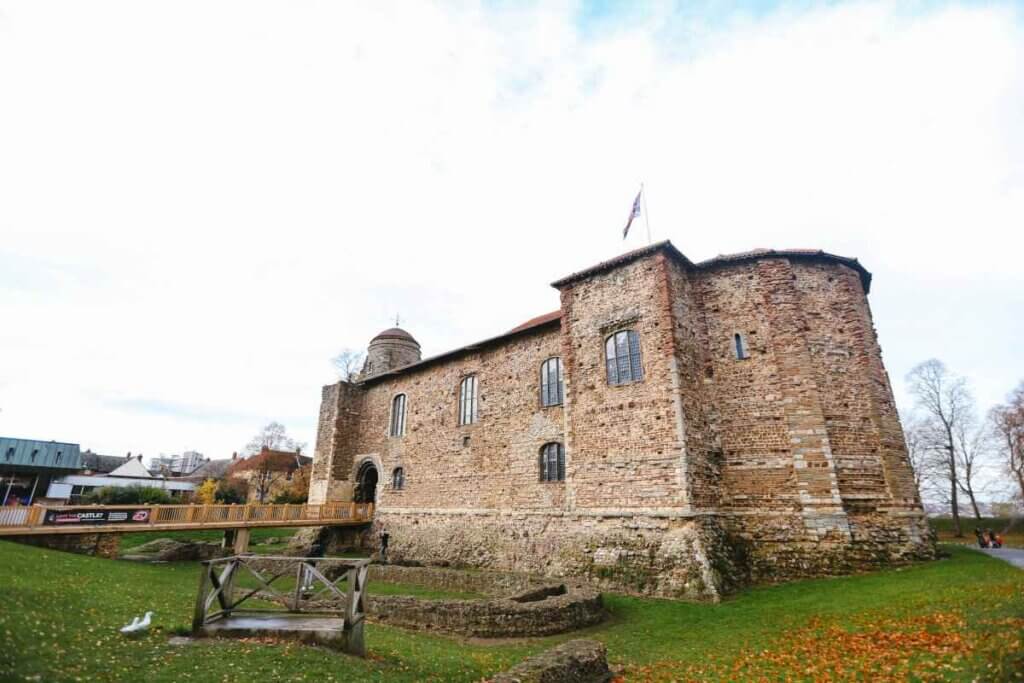
St Albans
St Albans is a cathedral city located just 32 km from the centre of London and is named for the first recorded Christian martyr in Britain, a Roman man named Alban.
Alban was executed for being Christian around 304 CE, a time when Christians were persecuted. The Cathedral and Abbey Church of St Alban was constructed on the spot it’s believed he died.
Even before St Alban and the construction of the abbey, the city on the banks of the Ver had an interesting history. It was once the Roman town of Verulamium until it was sacked by Queen Boudicca in 61 CE. The Verulamium Museum shows what life in Roman Britain was like and not far away is the only visible example of a Roman theatre in Britain!
Today St Albans is one of the most popular places to visit in the East of England since it’s so close to London. Visitors come to marvel at the cathedral as well as go shopping at the 1,000-year-old Charter Market, to see views over the town from the Clock Tower or explore the many Roman sites.

Southend-on-Sea
Southend-on-Sea is the closest major seaside resort to London (it’s located near the mouth of the River Thames) and is famous for having the longest pleasure pier in the world.
Built in 1830, the Southend Pleasure Pier stretches 2.16km from shore and features a number of food outlets, plus a ‘crazy golf’ course at the end and a narrow-gauge railway if you don’t feel like walking the whole way.
Along with the pier, Southend boasts plenty of coastline and beaches to relax on, as well as amusement arcades, an aquarium, a theme park, and a funicular from the seafront to the main town. Once in town visitors can enjoy museums, art galleries, shopping and parks.
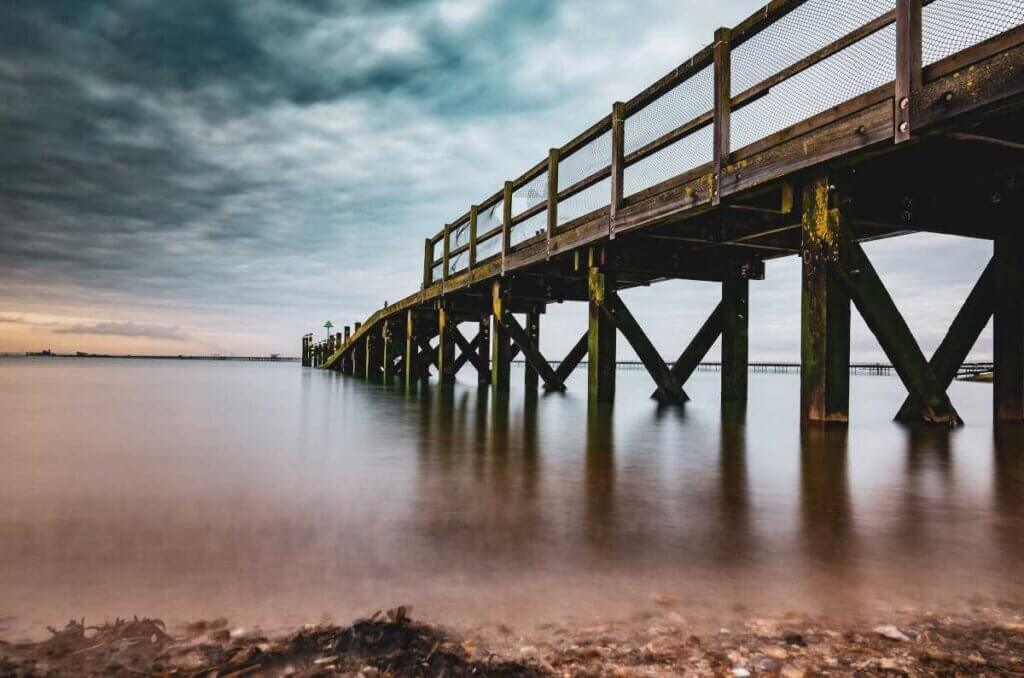
Norwich
Norwich is the most important town in Norfolk, located on the northern tip of East England. It’s well-known for having one of the largest cathedrals in England, as well as a UNESCO City of Literature and also claims to be the ‘most complete’ medieval city in the whole UK.
In 2012, Norwich was named as UNESCO’s first City of Literature in England, due to its strong literary and publishing history. Booker Prize-winning British author Ian McEwan studied at the University of East Anglia in Norwich, as did Nobel Prize winner Kazuo Ishiguro, and the university also hosts two international literary festivals a year.
The 11th-century cathedral and 12th-century castle/museum are both major sites of interest in Norwich. There are also 31 churches still standing throughout the city, and it’s believed that Norwich is home to more still standing medieval churches than any city north of the Alps!
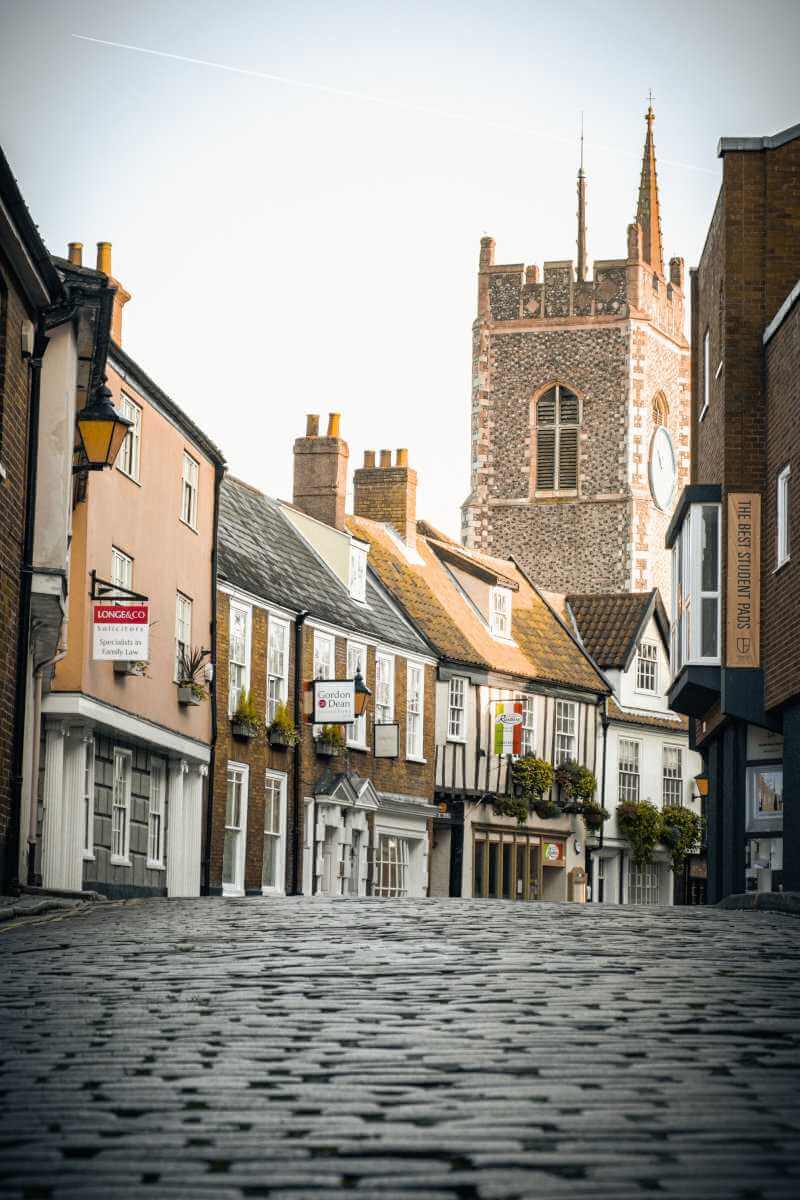
Sandringham
Sandringham is one of the royal residences of Queen Elizabeth II and has long been a favourite country home for members of the British royal family. It’s also one of only two homes actually owned privately by the Queen, rather than owned by The Crown. The other is Balmoral Castle in Scotland.
Traditionally the Queen and her family spend Christmas at Sandringham, usually staying at the estate over winter until February. The current Queen has also developed breeding programs for horses and gun dogs on the property. Fun fact: she apparently prefers black Labrador Retrievers for this, rather than corgis!
Even though Sandringham is a royal home, parts of it have also been open to the public since Queen Elizabeth II’s Silver Jubilee in 1977. Between the months of March – October, visitors can explore the house, gardens and museum, while the country park is open year-round.

Newmarket
Newmarket is a town in Suffolk that’s world-famous for being the birthplace of thoroughbred horse racing. It’s the largest racehorse breeding centre in the country, as well as the largest racehorse training centre in Britain.
While it has had royal connections since King James I visited in 1605 and declared it England’s second capital, the wide expanses of flat ground have kept it popular with the royals for galloping horses, and today there are five British Classic Races held each year. Queen Elizabeth II also often visits her own horses that are being trained in the town.
Obviously, anyone who likes horses and horse racing will want to visit Newmarket, to see a race or perhaps tour the National Stud. It’s just a 30-minute drive from Cambridge, so it’s perfect for a day trip.
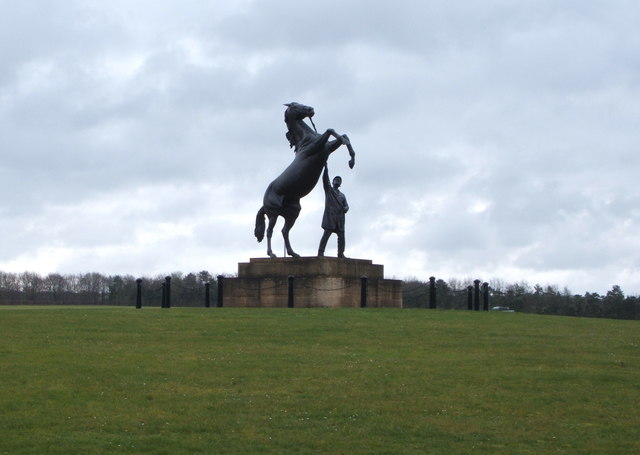
The ‘Wool Towns’
The ‘Wool Towns’ of Suffolk are four small towns that have retained their elegant medieval streets and buildings from the times when they were the centre of the woven cloth industry during the Middle Ages. Around this time wool became the greatest export from England to the European continent.
The towns of Clare, Lavenham, Long Melford and Hadleigh are very picturesque as they still have such beautiful architecture, plus they’re nestled in stunning countryside. Any (or all) of the four towns make for a charming day trip to enjoy local pubs, restaurants, and tea rooms while feeling like you have stepped back in time.
Lavenham is particularly popular, as it was used as a filming location for ‘Godric’s Hollow’ in the final Harry Potter film! It’s filled with beautiful timber-framed houses, some of which are painted in pretty colours.

Ipswich
Ipswich is a port city in Suffolk located on the River Orwell, but a little way inland from the North Sea. The charming waterfront is lined with cafés, galleries and shops, plus the city has a long maritime history.
In fact, Ipswich is often claimed to be one of the oldest towns in the United Kingdom, although a few places also make that claim. Regardless, Ipswich has been occupied since the Saxon period, so a trip to the Ipswich Museum is a fascinating way to learn all about it.
The area around Ipswich is often called ‘Constable Country’ because British painter John Constable was born here and painted his most famous works in the area as well. In Ipswich, Constable fans can see the largest collection of his works outside London at Christchurch Mansion.
As well as works by Constable, Christchurch Mansion is a 15th-century manor that’s worth exploring to see the Tudor kitchen, Georgian saloon, and Victorian wing.
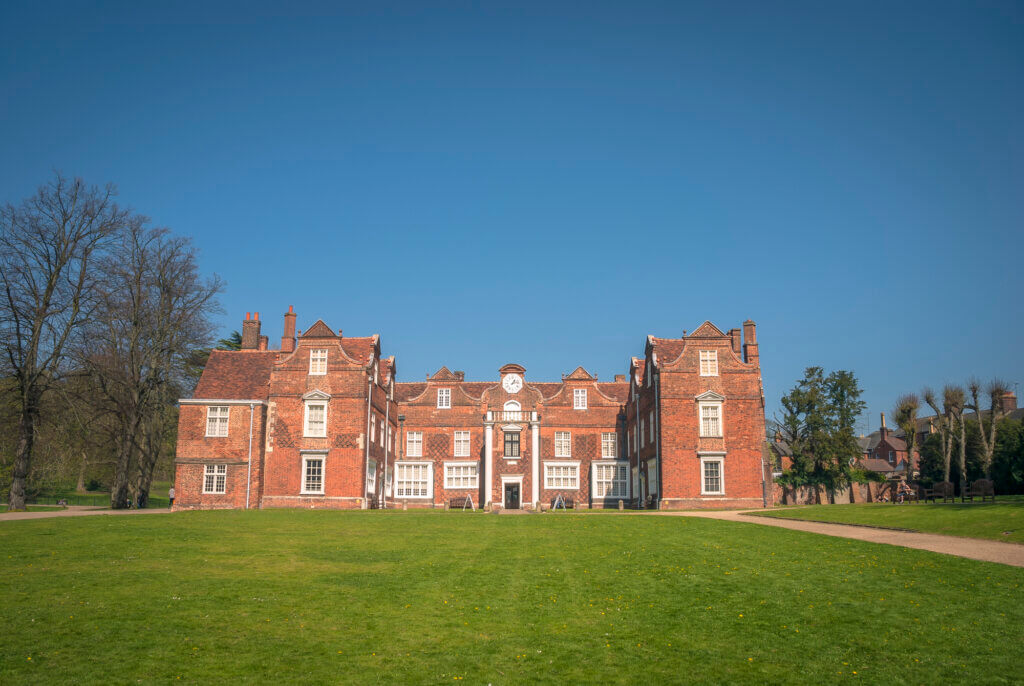
Southwold
Southwold is another picturesque seaside town on the Suffolk coast, with pretty beaches and a popular pier.
As there’s only one road into and out of the town, it makes for an idyllic getaway from the bustle of London. In fact, it’s estimated that 49 percent of the homes in Southwold are holiday homes!
The colourful huts which line the beaches are an iconic image of Southwold, as is the Southwold pier, which is lined with places to eat or be entertained. Next to the pier and behind the beach huts is a model boat pond that often hosts regattas.
Southwold is definitely one of the best places to visit in the East of England if you want to enjoy a laid-back seaside break.
North Norfolk Coast
If you’re looking for more remote and unspoiled beaches, then you will probably prefer the North Norfolk Coast, one of the most beautiful regions in the East of England.
Holkham Bay (pictured below) is Britain’s best-voted beach, but the North Norfolk Coast has around 144km of coastline, so you might be able to find your own deserted paradise.
The area is also considered to be the bird-watching capital of the UK, while seal fans can see more than 2,500 common and grey seals by visiting the seal colony at Blakeney Point.
The Deep History Coast between Weybourne and Cart Gap is where the earliest evidence of humans in Britain was found, as well as the UK’s biggest mammoth skeleton. History buffs may even find more fossils and, who knows, perhaps the next big discovery!
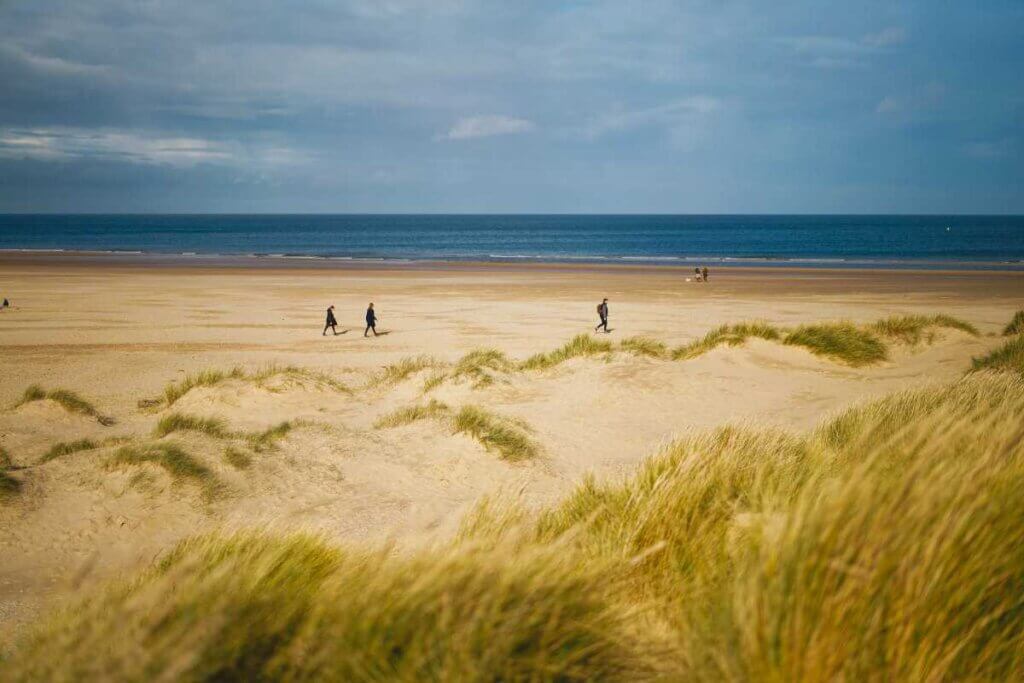
Have we missed any of your favourite places to visit in the East of England?
Let us know in the comments!

